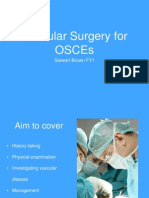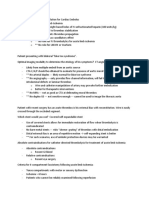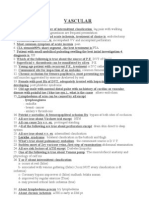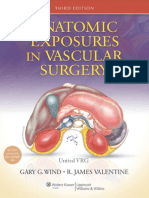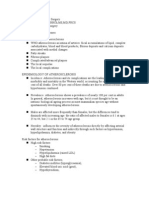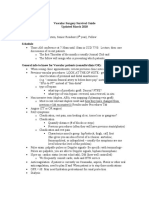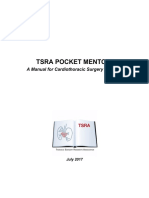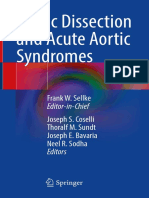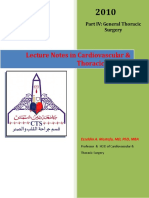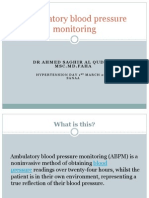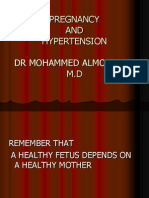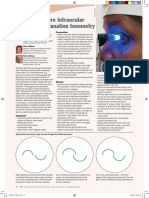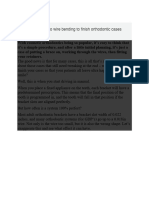100% found this document useful (3 votes)
1K views72 pagesCommon Cases in Vascular Surgery
Please reposition patient regularly, use pressure relieving devices, optimise nutrition and treat any underlying medical conditions. Consider surgical debridement if infection present.
Uploaded by
nohazzCopyright
© Attribution Non-Commercial (BY-NC)
We take content rights seriously. If you suspect this is your content, claim it here.
Available Formats
Download as PDF, TXT or read online on Scribd
100% found this document useful (3 votes)
1K views72 pagesCommon Cases in Vascular Surgery
Please reposition patient regularly, use pressure relieving devices, optimise nutrition and treat any underlying medical conditions. Consider surgical debridement if infection present.
Uploaded by
nohazzCopyright
© Attribution Non-Commercial (BY-NC)
We take content rights seriously. If you suspect this is your content, claim it here.
Available Formats
Download as PDF, TXT or read online on Scribd
/ 72
